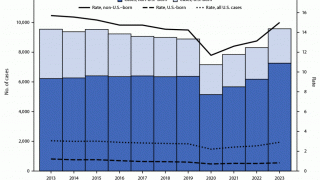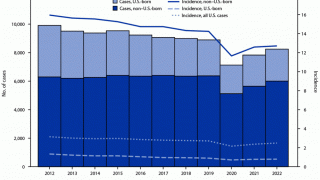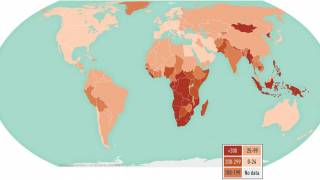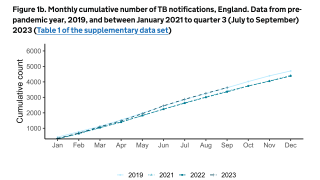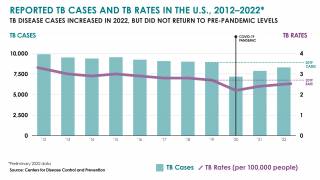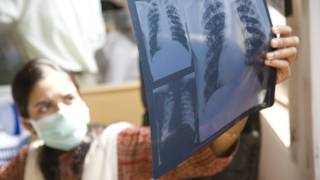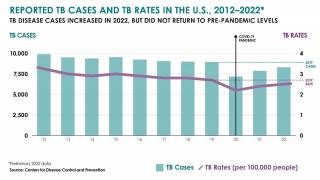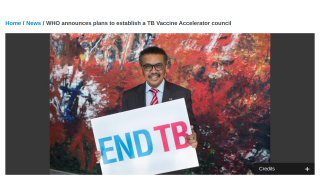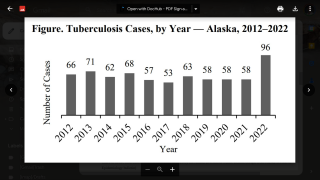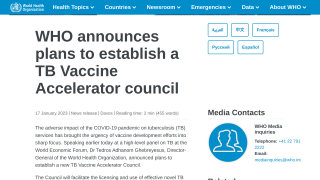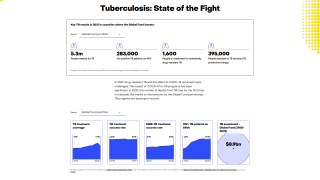When Will New Tuberculosis Vaccines Launch?

How can a disease that has been around for thousands of years still kill so many people in the 21st century?
It is estimated by the World Health Organization (WHO) that 25 percent of the world’s population is latently infected with M.tb and are at risk of reactivation of this latent infection. M.tb is a complex intracellular pathogen adept at subverting the host immune response.
Tuberculosis (TB), a disease caused by the pathogen Mycobacterium tuberculosis (M.tb), is currently responsible for more deaths than any other pathogen.
In 2016, there were 10.4 million new cases of TB throughout the world and 1.7 million deaths, reports the WHO.
The WHO aims to end the global TB epidemic, with targets to reduce TB deaths by 95% and to cut new cases by 90% between 2015 and 2035, and to ensure that no family is burdened with catastrophic expenses due to TB.
The most cost-effective way to control any infectious disease epidemic is with an effective vaccination.
And, understanding the immune response needed for protective immunity is critical to the development of an effective vaccine.
The only licensed vaccine against TB, Bacille Calmette Guerin (BCG), was first developed in 1921 and is an attenuated strain of Mycobacterium bovis.
When administered at birth, BCG confers consistent and reliable protection against TB meningitis and other forms of the disseminated disease.
To retain the protective effects of neonatal BCG against disseminated disease, there are two main strategies being pursued for the development of an improved vaccine, said Helen McShane, Professor of Vaccinology at The Jenner Institute, University of Oxford.
The first is to boost BCG with a subunit vaccine, comprised of one or more antigens, delivered either as a recombinant viral vector or as a protein/adjuvant vaccine.
An alternative strategy is to develop a replacement BCG vaccine, either by genetic engineering of BCG or by the rational attenuation of M.tb.
MVA85A, a recombinant attenuated vaccinia virus expressing the M.tb immunodominant antigen 85A, was the first subunit TB vaccine to enter into clinical trials in 2002 and the first to complete efficacy testing in 2013.
Despite being well tolerated and promising immunogenicity in early studies, MVA85A was only modestly immunogenic in BCG-vaccinated South African infants and did not improve protection compared to BCG alone.
Samples from this study have, however, been used to identify immune correlates of protection, which will guide future vaccine development.
Since the MVA85A efficacy trial, the focus within the field has shifted from infant to adolescent vaccination, because of a recognition of the role adolescents play in transmission.
The focus has also shifted from prevention of disease (PoD) trials, which are large and expensive, to prevention of infection (PoI) trials.
As the incidence of infection is greater than the incidence of disease, Pol trials require fewer subjects and shorter follow up and are, therefore, less expensive.
The results of the first PoI trial were reported in the TB Global Forum meeting, Delhi, February 2018. In this trial, BCG revaccination in adolescence was associated with a significant reduction in the exploratory endpoint of incidence of sustained M.tb infection.
There was no effect on the primary endpoint of M.tb infection.
A protein/adjuvant subunit vaccine, H4/IC31, was also tested in this trial and yielded a modest significant effect.
Novel strategies currently under development include the assessment of aerosol delivery of new TB vaccines, direct to the respiratory mucosa, with the goal of inducing a host protective immune response at the site of natural infection5.
Furthermore, efforts to develop a controlled human mycobacterial challenge model, to aid vaccine development and selection, are underway.
Such human challenge models have been pivotal in the development of malaria vaccines.
New vaccine networks such as VALIDATE and HIC-VAC, which are funded by the Global Challenges Research Fund, aim to expedite the development of vaccines by fostering novel collaborations.
After decades of neglect, there is much excitement in the field, but it is critical to continue the recently gained momentum if we are ever to have a more effective vaccine, says Professor McShane.
Our Trust Standards: Medical Advisory Committee
- Safety and efficacy of MVA85A, a new tuberculosis vaccine, in infants previously vaccinated with BCG
- Tuberculosis (TB)
- The current status of tuberculosis vaccine development
- Results from Innovative Phase 2 Tuberculosis Vaccine Trial Offer Potential for New BCG Revaccination Strategies
- Evaluation of a Human BCG Challenge Model to Assess Antimycobacterial Immunity Induced by BCG and a Candidate Vaccination
- TB Vaccine Candidate Offered Potential for BCG Revaccination Strategies








